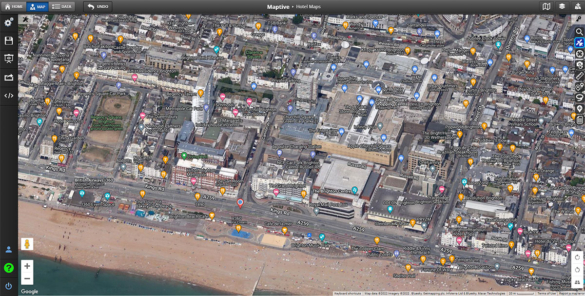
Attention spans are short in the modern age. That’s why story mapping has become such a popular medium for sharing ideas and making proposals.
Story mapping is the art of turning data into visual narratives. You can try to create story maps on your own or by using existing tools available across your organization. But the best way to unlock the benefits of these visual narratives is by using story map software.
Below, explore the benefits of using story maps, find a list of story map use cases, and get more information on finding the right story map software for your needs.
Table of Contents
Words can only get you so far when trying to tell a story. Story maps can share a compelling narrative at a glance, no words needed, or they can be used to complement memos or other reports that are designed to tell stories. As mentioned above, you can try to repurpose existing tools to create a story map, but it’s far more effective to use software that’s designed for the task.
When you start using interactive maps, you gain access to a series of benefits. Those benefits include the ability to:
Overall, story maps are beneficial in helping anyone quickly understand their data and then use that understanding to make decisions about the future. Story maps can help businesses, as well as groups and individuals working in other sectors.
How can story map software specifically be used? While there are countless ways to apply story maps, here’s a look at four specific use cases that highlight common ways that story maps are put into action.
Hotels book guests in part because of their proximity to points of interest. For example, imagine you’re traveling to New York City, and you’d like to be close to Times Square, Rockefeller Center, and Central Park. Story map software can help hotels highlight their proximity to those tourist hotspots.
It’s one thing to tell prospective guests that your hotel is 10 minutes from one point of interest and 5 minutes from another. It’s another thing to actually show prospective guests via story maps how close your hotel is to those points of interest. In competitive markets, story maps could make the difference in a hotel filling its rooms week after week.
And it’s not just sightseeing spots that you can highlight. Some hotels book guests because of their proximity to airports, subway stations, conference and expo centers, large businesses, sports stadiums, etc. A story map enhances a hotel’s marketing efforts by showing potential guests how close the property is to the places the guests want to visit.
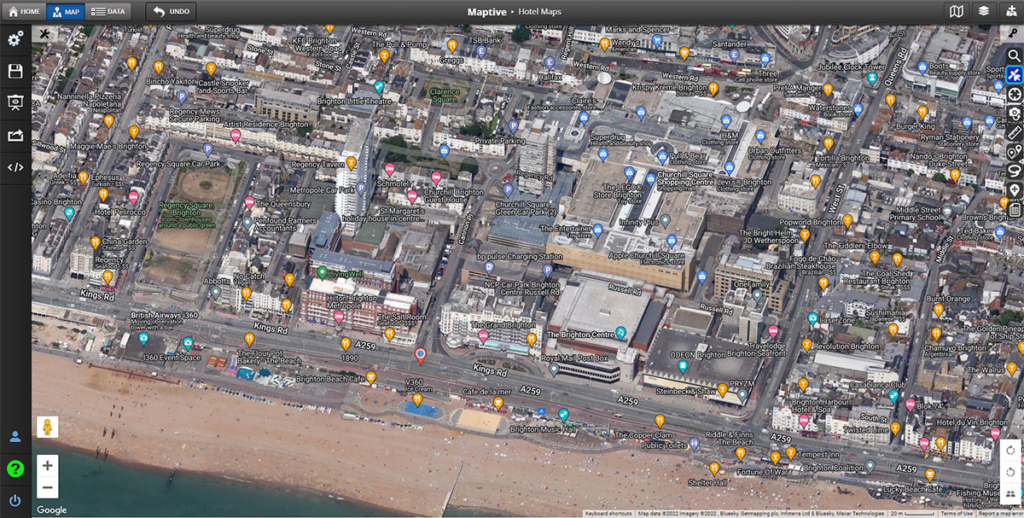
Many businesses are looking to secure funding from investors. It’s common to put together a business plan or prospectus to use when pitching investors, but story maps can drive home key points at a glance.
Businesses talking to investors can use story maps to highlight the value of a specific location, including drive-time information, customer locations, demographic data, plus more. This is information that a business likely has collected and analyzed already. Putting it into a story map is a way to repurpose the data to secure much-needed funding.
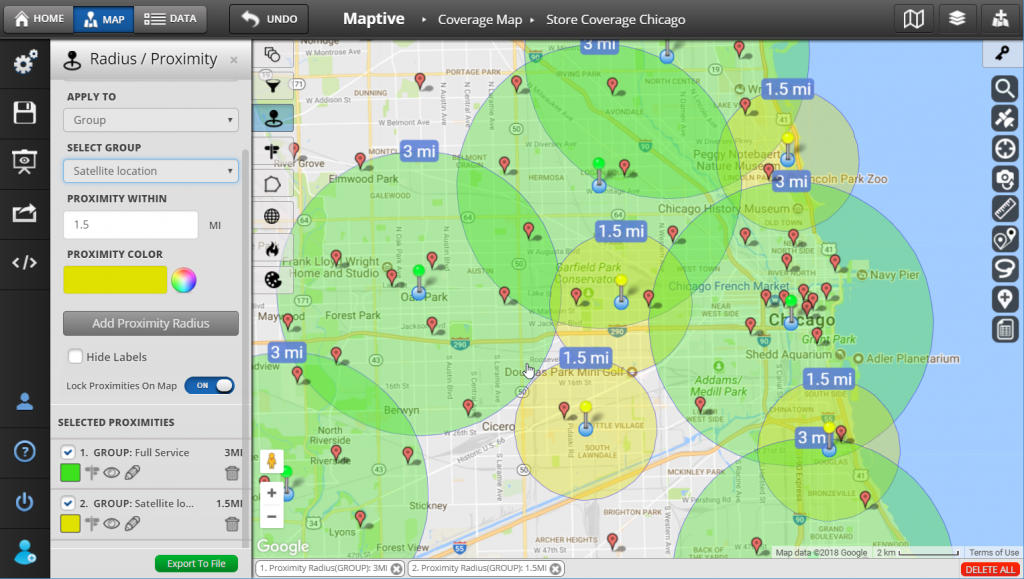
Various research projects require observations and tracking across a wide geographic area. For example, a wildlife researcher may be tracking a certain species. A story map can be used to indicate where members of that species are generally located, as well as where and how they move over time.
This same approach to using story map software can be applied to different types of research. A traffic safety researcher could use story maps to indicate where accidents occur in a city. A weather researcher could use story maps to indicate where tornadoes and other natural disasters strike. And a marketing researcher could use story maps to indicate where e-commerce buyers are located.
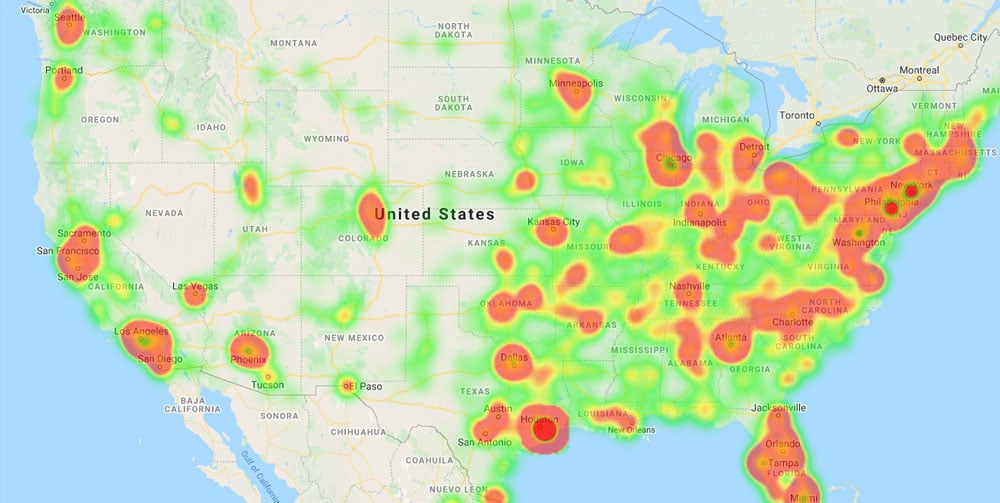
Decisions made by sales leaders can greatly affect the performance of sales representatives and the company’s overall revenue. Building optimized territories that create efficiencies and maximize overall opportunities is an essential task.
Sales managers can use story maps to convey the effectiveness of current sales territories, including common routes, average drive time, etc. Sales managers can also use story maps to show the effectiveness of a newly proposed territory structure.
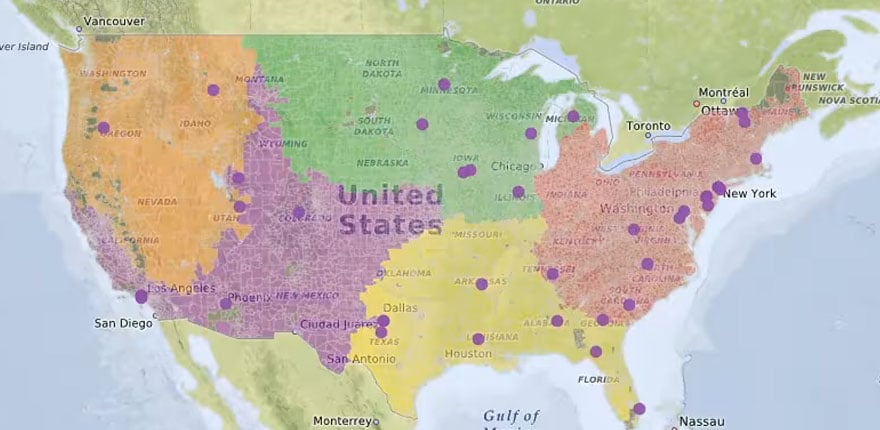
Maptive is a platform that transforms data into custom Google maps in just minutes. It can be used to create story maps just like the ones described in the four use cases above.
Use Maptive to highlight points of interest around a hotel.
Use it to create a compelling visual story that shares main ideas with potential investors.
Use it to share your research.
Use it to create and share optimized sales territories.
In general, use Maptive to tell a good story that moves your audience to action.
Take advantage of a rich feature set to create heat maps and pin maps, generate drive-time polygons and optimize routes and territories, build map filters, choose retail sites, plus more.
Effective mapping can be a powerful tool no matter your line of work. Getting started with a free trial — no credit card required.
Brad Crisp is the CEO at Maptive.com, based in Denver, CO and born in San Francisco, CA. He has extensive experience in Business Mapping, GIS, Data Visualization, Mapping Data Analytics and all forms of software development. His career includes Software Development and Venture Capital dating back to 1998 at businesses like Maptive, GlobalMojo (now Giving Assistant), KPG Ventures, Loopnet, NextCard, and Banking.
